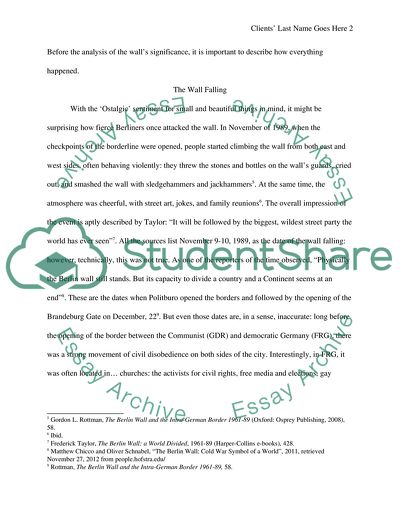Cite this document
(City in Europe Essay Example | Topics and Well Written Essays - 1750 words, n.d.)
City in Europe Essay Example | Topics and Well Written Essays - 1750 words. Retrieved from https://studentshare.org/history/1787785-city-in-europe
City in Europe Essay Example | Topics and Well Written Essays - 1750 words. Retrieved from https://studentshare.org/history/1787785-city-in-europe
(City in Europe Essay Example | Topics and Well Written Essays - 1750 Words)
City in Europe Essay Example | Topics and Well Written Essays - 1750 Words. https://studentshare.org/history/1787785-city-in-europe.
City in Europe Essay Example | Topics and Well Written Essays - 1750 Words. https://studentshare.org/history/1787785-city-in-europe.
“City in Europe Essay Example | Topics and Well Written Essays - 1750 Words”. https://studentshare.org/history/1787785-city-in-europe.


